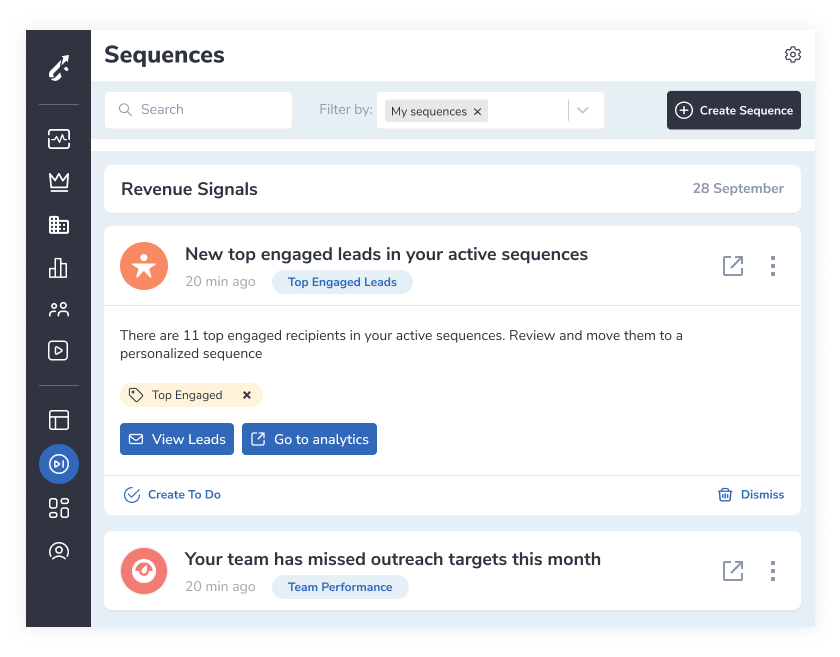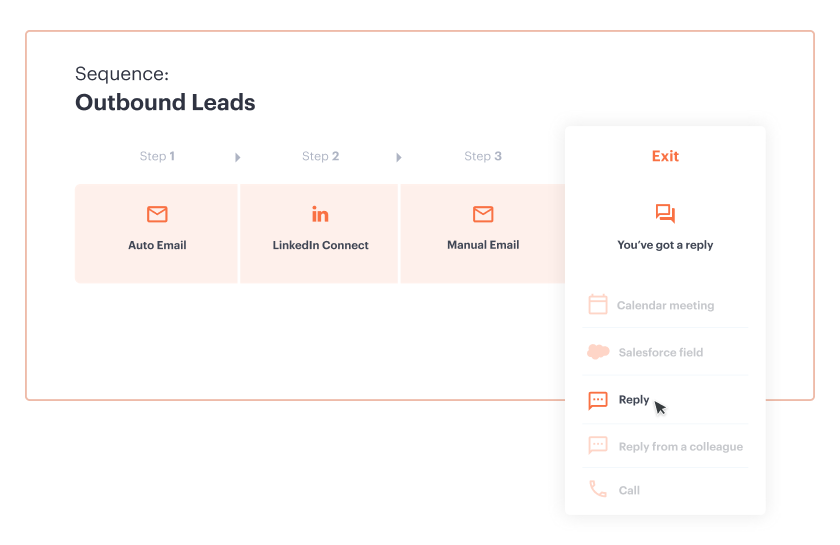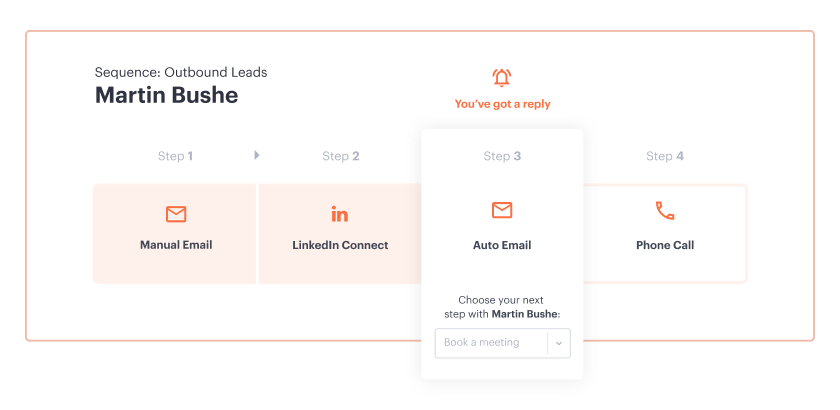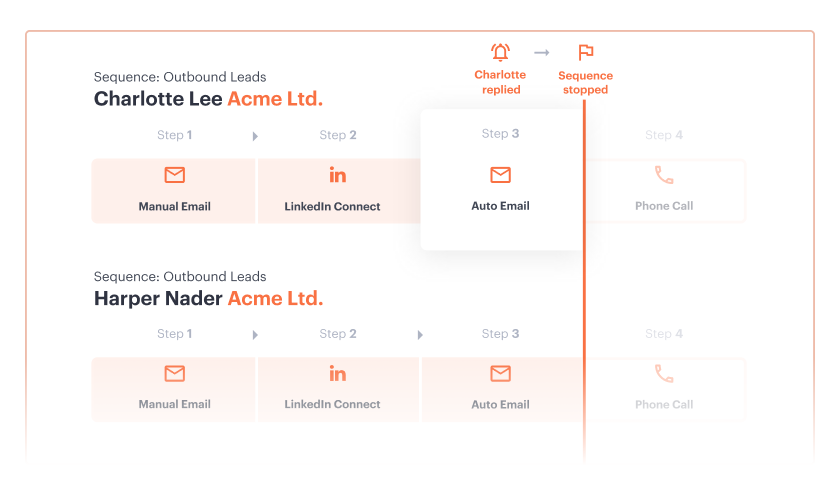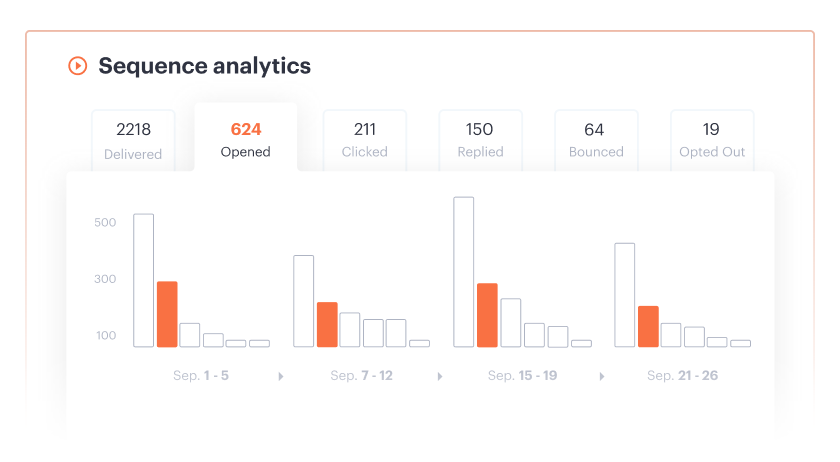What Is the Definition of Lead Nurturing
Lead nurturing is the process of developing and maintaining relationships with customers at every stage of their journey, usually through marketing and communications messaging. Automated lead nurturing uses software to send messages that are triggered by customer behavior or predetermined schedules.
In digital marketing, the term “lead nurturing” is often used interchangeably with “lead generation.” However, there is a big difference between the two terms. Lead generation is the process of attracting potential customers to your business. Once you’ve attracted them, it’s up to you to nurture those leads and turn them into paying customers.
Lead nurturing is all about building relationships with your leads. It’s the process of establishing trust and credibility with them so that they eventually do business with you. The goal is to keep your leads engaged with your brand until they’re ready to make a purchase.
Why Lead Nurturing Is Important
Lead nurturing is essential for many reasons.
- It helps you build relationships with your leads. By providing valuable information and engaging with them regularly, you’ll be able to turn them into loyal customers.
- It helps you better qualify your leads. By keeping track of their engagement and activity, you’ll be able to identify which leads are more likely to convert into customers.
- It helps you save time and money. By nurturing your leads, you’ll be able to focus your resources on the most promising prospects rather than wasting time and money on leads that are less likely to convert.
- It helps you improve your close rate. By building relationships and trust with your leads, you’ll be more likely to close them into customers.
Lead nurturing is an important part of the sales process and shouldn’t be ignored. By taking the time to nurture your leads, you’ll be able to build better relationships, qualify your leads more effectively, and improve your close rate.
What Problems Lead Nurturing Can Solve
Some common problems that lead nurturing can solve include:
- Longer sales cycles: By staying in touch with your leads and providing them with timely information, you can keep them engaged throughout the entire sales cycle.
- Self-directed buyers: By nurturing your leads, you can give them the information they need to make a buying decision on their own.
- Shortened attention spans: By providing your leads with relevant information on a regular basis, you can keep their attention focused on your brand.
Lead Nurturing Process
The goal of lead nurturing is to keep your company top-of-mind with leads that may not be ready to buy right away and to build trust so that when they’re ready to buy, they think of you first.
There are four key steps in the lead nurturing process:
1. Identify Your Target Audience
The first step is to identify who your target audience is. To do this, you need to create buyer personas.
2. Segment Your Leads
Once you know your target audience, you can segment your leads based on factors like job title, industry, or company size.
3. Create Targeted Content
The next step is to create targeted content for each stage of the buyer’s journey. This content should be designed to move the lead closer to a purchase.
4. Deliver Your Content
The final step is to send your content to the right people at the right time. This can be done through email, social media, or other marketing channels.
Lead nurturing is an important process for any company that wants to generate more sales. By following these four steps, you can ensure that your leads are nurtured properly and turned into customers.
Lead Nurturing Strategy
There are five critical components to a successful lead nurturing strategy:
Compelling content: What kind of content will resonate with your target audience? What will help them move further down the sales funnel?
Content distribution: How will you get your content in front of your target audience? Which channels will you use?
Marketing automation: What platform to deliver the content to your audiences? How can you do that on autopilot?
Performance tracking: What metrics to measure success? What adjustments do you need to make to your strategy based on those results?
Lead Nurturing Campaigns
Creating an effective lead nurturing campaign requires careful planning and execution. Here are some tips to help you get started:
1. Define Your Buyer Persona
The first step to creating an effective lead nurturing campaign is to define your target buyer. What are their needs and challenges? What motivates them? What kind of content will they find valuable? Once you have a clear understanding of your buyer, you can create content that is tailored to their specific needs.
2. Map Out the Buyer’s Journey
The next step is to map out the buyer’s journey. What are the steps that your buyer will take from awareness to purchase? What content will they need at each stage? By mapping out the buyer’s journey, you can ensure you’re providing the right content at the right time.
3. Create a Content Strategy
Once you know who your buyer is and what their journey looks like, you can start to create a content strategy. What kind of content will you create? When and where will you distribute it? How will you measure success? An effective content strategy will help you to answer these questions and more.
4. Implement and Measure
Finally, it’s time to implement your lead nurturing campaign. This is where the rubber meets the road. Make sure to set up tracking so that you can measure your results. By keeping an eye on your progress, you can make adjustments to ensure your campaign is as effective as possible.
Lead Nurturing in Salesforce
Salesforce’s lead nurturing functionality is a great way to keep your leads engaged and moving through your sales pipeline.
By setting up lead nurture campaigns, you can automatically send targeted emails to your leads based on their actions and inactivity. This ensures that your leads get the most relevant information at the right time, increasing the chances of conversion.
When setting up a lead nurture campaign in Salesforce, you’ll need to create a custom object to track your leads’ progress. You can then create a workflow to send automated emails based on specific criteria, such as when a lead becomes inactive or if they haven’t responded to your previous emails. Finally, you’ll need to create a report to track the results of your campaign.
Lead Nurturing Software
After all, generating leads is only half the battle. You also need to ensure those leads are appropriately nurtured to convert them into paying customers.
This is where lead nurturing software like Revenue Grid comes in. It helps you automate the process of nurturing your leads so that you can focus on other aspects of your business.
What sets Revenue Grid apart from other lead nurturing platforms is its focus on revenue. Revenue Grid helps you track your leads’ progress through the sales pipeline and provides insights into which leads are most likely to convert.
This information is valuable not only for sales purposes but also for marketing. With Revenue Grid, you can fine-tune your lead generation and lead nurturing efforts to focus on the leads that are most likely to result in new revenue for your business.
How Revenue Grid Helps Nurture Leads
1. Automated Campaign Management
Revenue Grid’s automated campaign management feature is a big help in nurturing leads. You can automatically set rules to stop a sequence, skip a step, mute, or switch. Plus, you can create a rule when emails should be sent on behalf of others automatically.
And if your prospect changes ownership in Salesforce, Revenue Grid will stop the sequence immediately. All of this makes it easier for you to focus on your leads and move them through your sales pipeline.
2. Smart Reply Detection
Revenue Grid’s smart reply detection feature ensures your leads never slip through the cracks. By immediately detecting replies, our system can automatically stop sequences accordingly, ensuring you never miss a beat.
Additionally, our detection of out-of-office notifications means you’ll always know when a lead is unavailable to adjust your strategy accordingly.
Finally, our handling of opt-outs and bounces ensures that you always stay compliant, giving you the peace of mind you need to focus on growing your business. This combines to create a powerful lead nurturing process that keeps you one step ahead of the competition.
3. Intelligent Account Nurturing
Our intelligent account nurturing feature automates and uses smart rules to handle multiple contacts from the same company in your sequences. This way, you can focus on developing relationships with your leads rather than managing email lists.
Plus, our group emailing feature lets you send one email to multiple recipients from the same domain, so you can make sure everyone in your target company receives your message. And if someone on your list replies to your email or is mentioned in an email or meeting invite, our sequence stopping features will ensure that the rest of your list doesn’t receive any more messages.
4. Advanced Analytics
Our advanced analytics features give you visibility into every interaction in a single timeline, so you can see where prospects are dropping off and what needs to be changed.
You can also track key performance indicators like open rate, reply rate, and click rate. This way, you can see how each sequence performs and what needs to be tweaked for better results.
